I am reprinting the entirety of my first and most ambitious book (Moving Places: A Life at the Movies, New York: Harper & Row, 1980) in its second edition (Berkeley: University of California Press, 1995) on this site in eleven installments. This is the eighth.
Note: The book can be purchased on Amazon here, and accessed online in its entirety here. — J.R.
4—
Rocky Horror Playtime Vs. Shopping Mall Home
Seven weeks ago, when I received a call from Adriano Aprà in Rome inviting me to speak at this conference, I was in my hometown, Florence, Alabama, where my parents live today.[1] I have moved with all my belongings seventeen times in the past twenty years, and I will have to find and move to yet another place in New York as soon as I return from this conference. Nevertheless, I consider myself unusually fortunate, fortunate not only in being here—in this city and this country for the first time in my life—but in having a hometown to return to year after year: a fixed reference point. And fortunate in being the grandson of the man who ran most of the local movie theaters when I was growing up, which meant that I had virtually unlimited access to most of what was shown. Read more
From the Chicago Reader (June 1, 1996). — J.R.
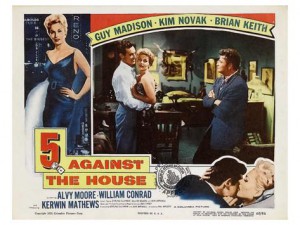
One of Jack Finney’s best and most neglected thrillers, adapted by Sterling Silliphant and John Barnwell — about five college chums scheming to rob Harold’s Club in Reno, Nevada, to prove their ingenuity — yields a tidy Phil Karlson noir (1955), filmed in Reno with a fair amount of grit as well as polish. With Guy Madison, Brian Keith, and the incomparable Kim Novak.
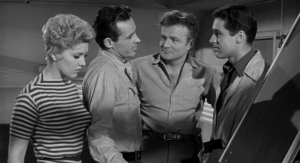 Read more
Read more
The following essay was commissioned by Toronto filmmaker Ron Mann in 1992 for the book-spinoff of his documentary Grass. I wrote this around the same time that I reviewed Ghost Dog: The Way of the Samurai for the Chicago Reader, which helped to focus my conclusion; for more aspects of this argument, see “International Sampler”.—J.R.
What Dope Does to Movies
By Jonathan Rosenbaum
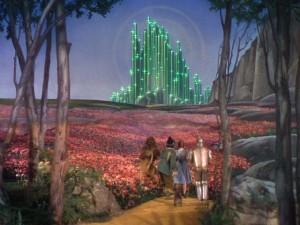
To the memory of Paul Schmidt
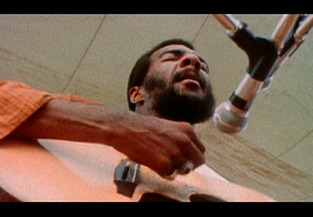
Consider how the camera cuts from Richie Havens’s face, guitar, and upper torso during his second number in Woodstock (1970) to a widening vista of thousands of clapping spectators, then to a much less populated view of the back of the bandstand, where there’s no clapping, watching, or listening — just a few figures milling about near the stage or on the hill behind it. What’s going on? This radical shift in orientation and perspective—a sudden movement from total concentration to Zenlike disassociation — is immediately recognizable as part of being stoned, and Michael Wadleigh’s epic concert film, which significantly has about the same duration as a marijuana high, is one of the first studio releases to incorporate this experience into its style and vision.
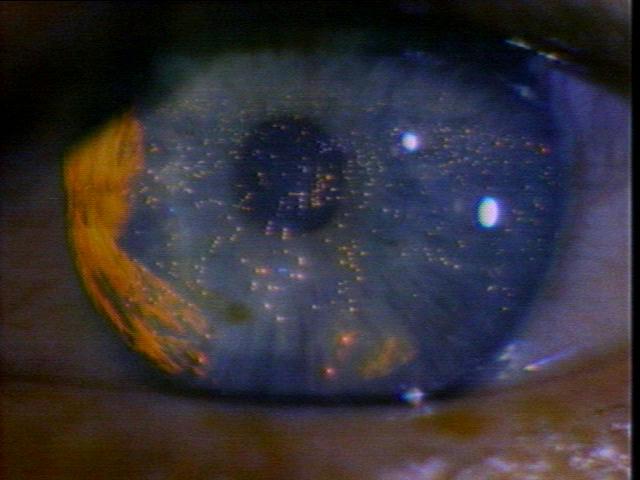
Or think of the way that Blade Runner (1982) starts: a long, lingering aerial view of Los Angeles in the year 2019, , punctuated by dragon-like spurts of noxious yellow flames, with enormous close-ups of a blue eye whose iris reflects those sinister, muffled explosions. Read more





